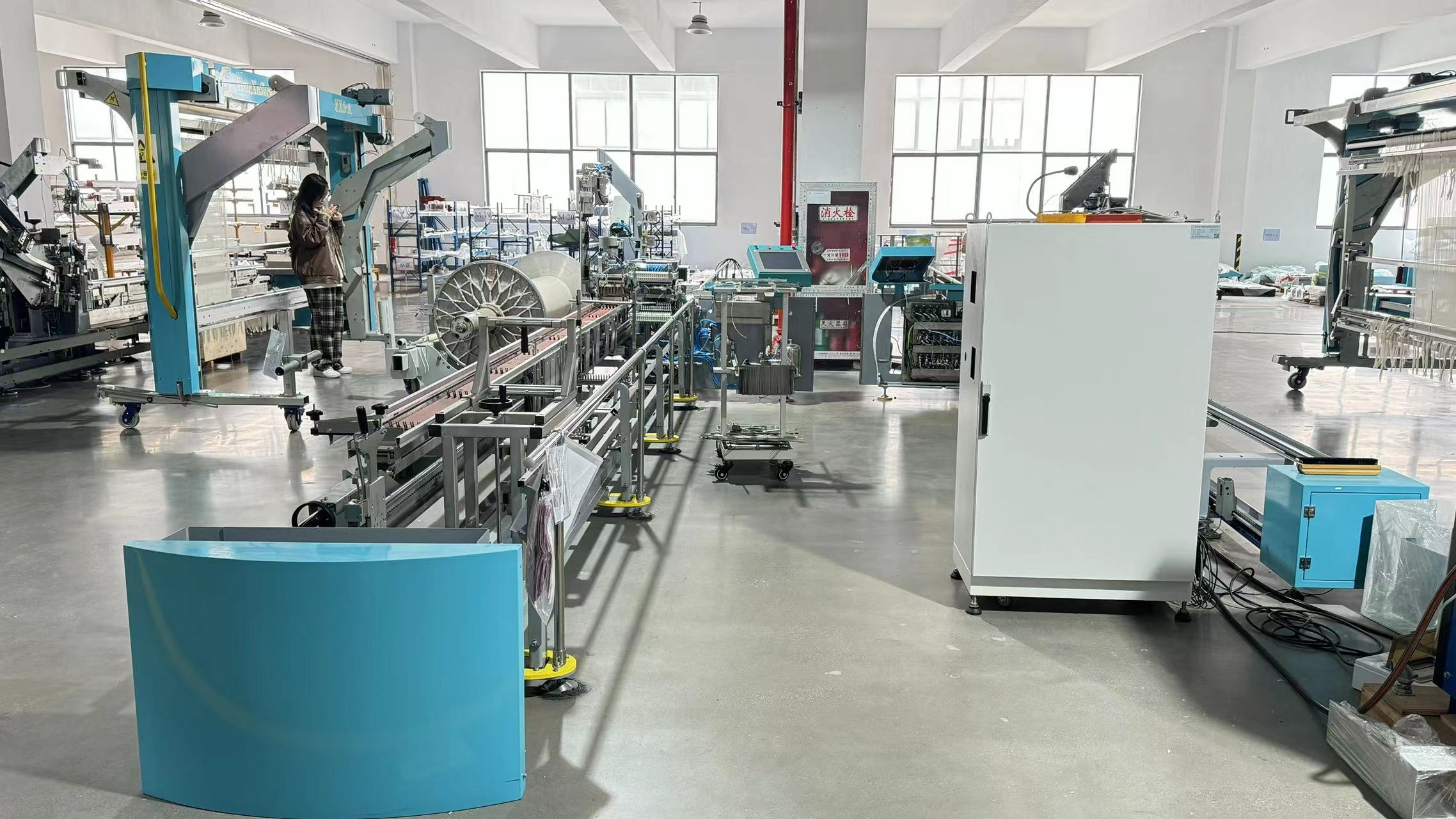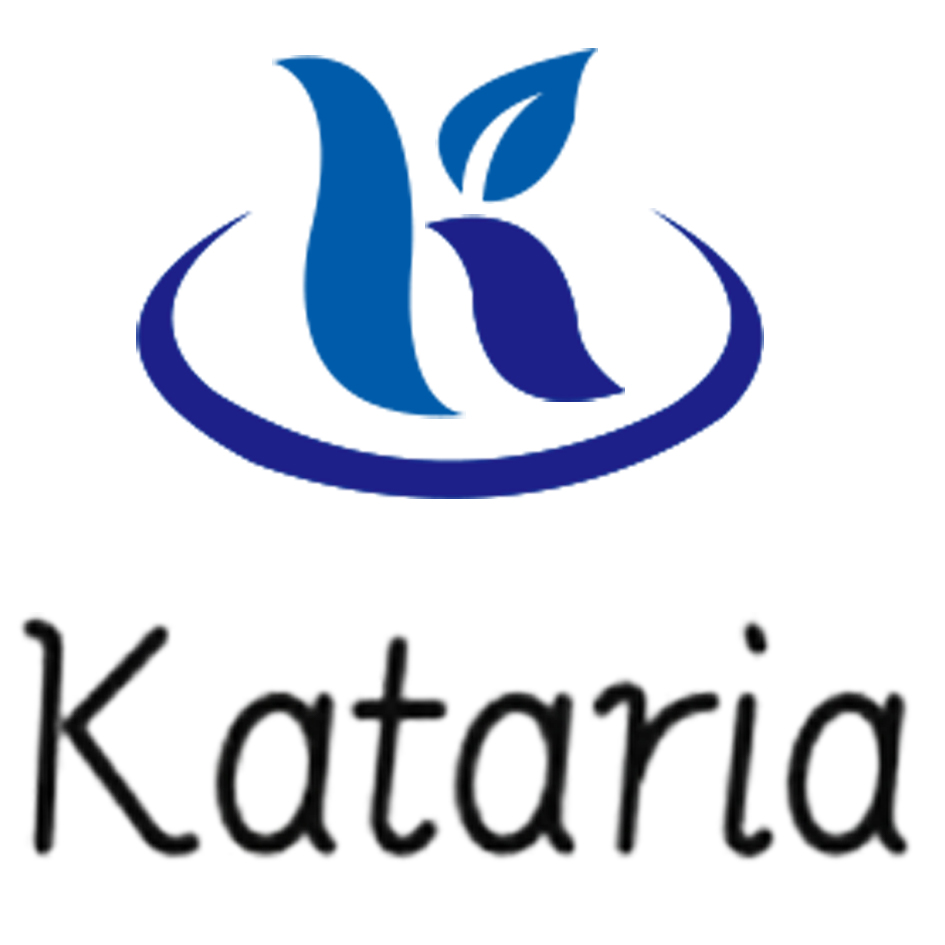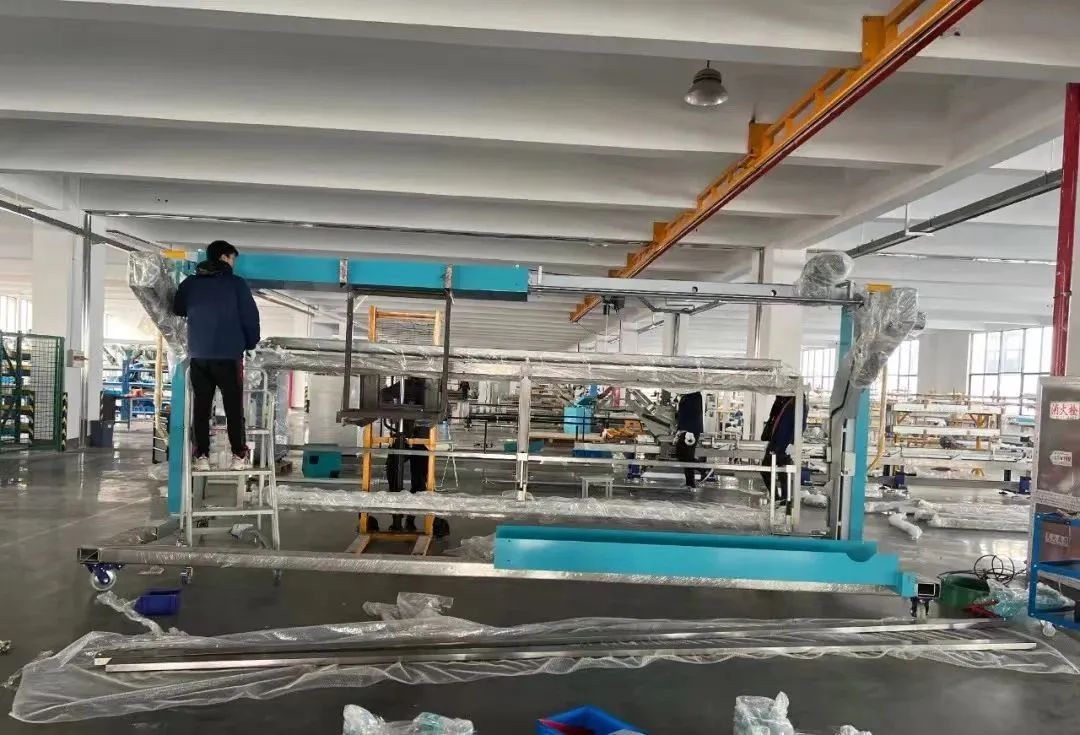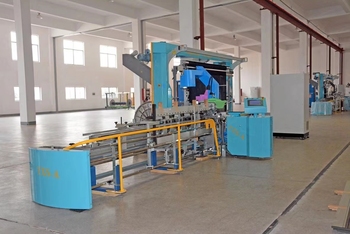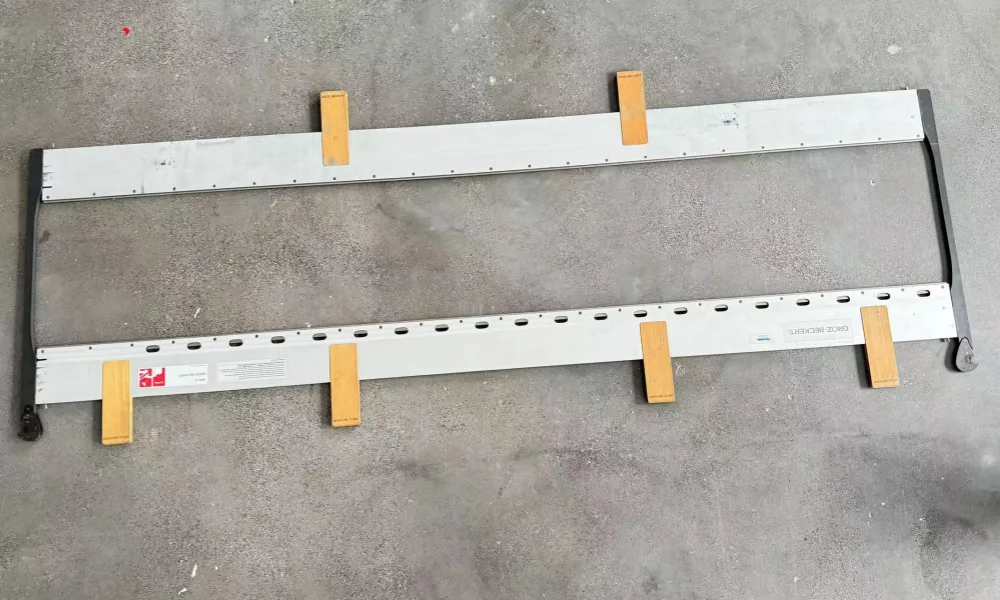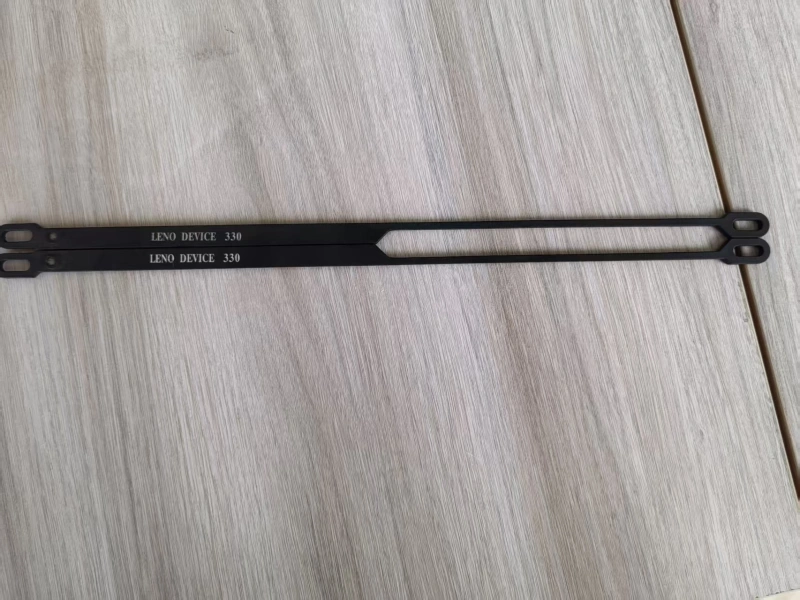Applikationshistorik och utveckling av automatiska varpritningsmaskiner
2024-06-04
As we all know, in the textile industry, after the warp yarn is sized, it must be threaded through the heald and reed, and then the warp dropper must be hung before it can be put on the weaving machine. When weaving with a heald frame, the new variety of warp yarn must be passed through the heald and reed according to the weaving process requirements before being put on the machine. This is the preparatory work before weaving in the weaving mill.
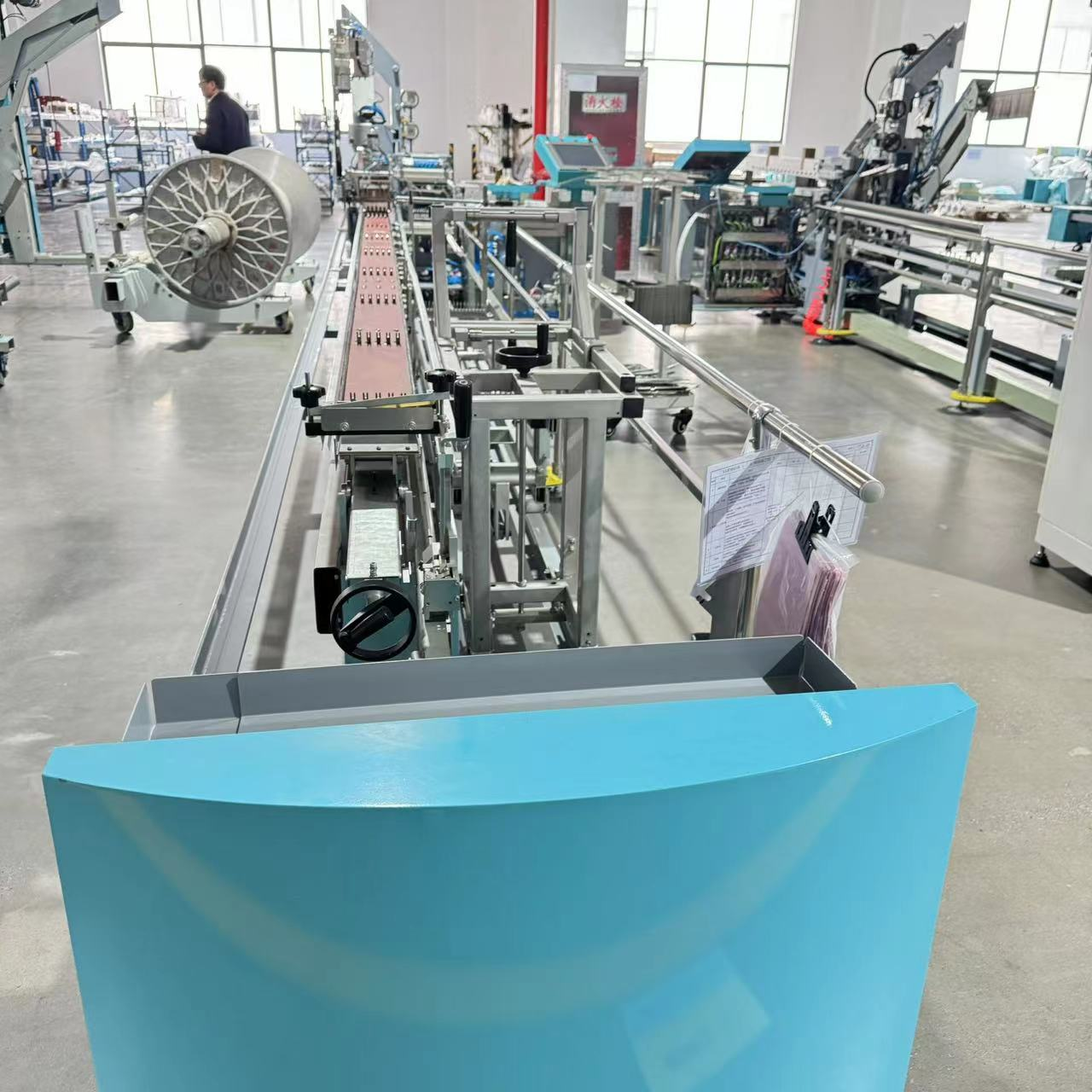
The preparation work before warp weaving has a significant impact on the efficiency and weaving quality of automated shuttleless looms, such as air-jet looms, projectile looms and rapier looms, etc., which are mostly used for weaving clothing or technical fabrics. High-quality warp yarns and draw-in are required to meet ever-increasing loom speed and fabric quality requirements. Manual drawing-in work requires workers to have a certain knowledge of weaving technology and pattern weaving technology. The process is very time-consuming and labor efficiency is generally low. Nowadays, few young people choose this job. Therefore, more and more textile factories are introducing drawing-in machines to replace manual work. This study mainly introduces the basic structure, application history and development trends of automatic warping machines.
The automatic warp drawing machine is a high-tech product that integrates computer program control, optical imaging technology, pneumatic technology, stepper and servo motor drive control technology, and optical fiber communication technology. The disadvantage is that there are many vulnerable parts, especially chemical fiber raw materials. Many parts in contact with the yarn are easy to wear and have a short service life, so the maintenance requirements and costs are high, and the durability of the parts needs to be improved.
